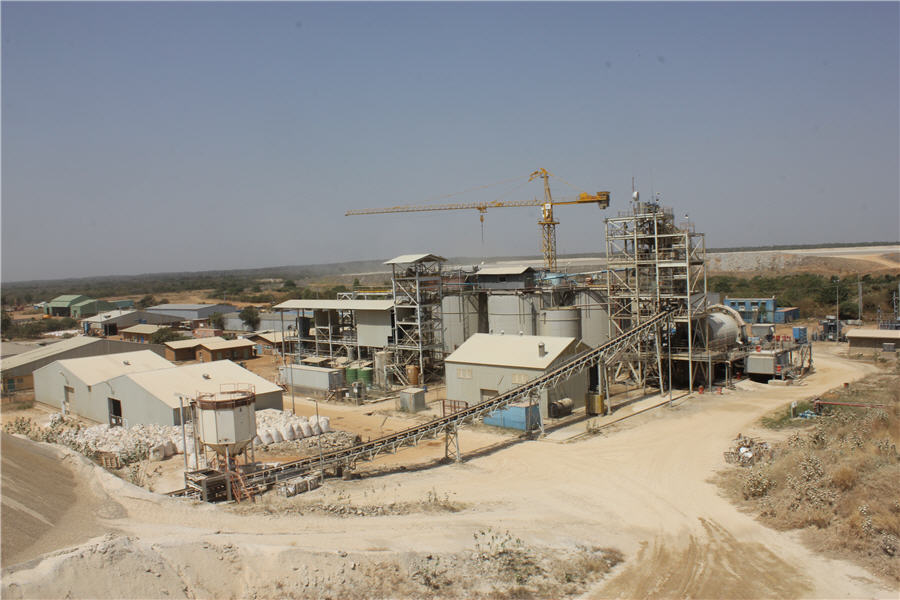Gold price in 2015: Playing Russian roulette

What happened in 2014
Gold ended the year not far below its opening levels, but symbolically at least it’s the first back-to-back decline since 1998.
After a torrid 2013, gold 2014’s highs and lows were 20% or $237 apart, making it the quietest year since 2008. Managed money seemed to lose interest in trading gold.
Volumes on paper market were down except for a few flurries towards the end of the year and a couple of, let’s call it, interesting trading patterns.
Gold’s much-admired safe haven status took a beating. Russia, Ukraine, Iraq, Syria failed to persuade investors that gold would protect them from geopolitical carnage.
The metals’ inflation hedge credentials were also tarnished, with no amount of money printing in the US and elsewhere lifting CPI numbers. And falling oil have bought central banks even more time on inflation.
The gold price and the price of crude appear to have decoupled which is just as well, because at 22 barrels for each ounce versus an average of 15 going back to the 1970s, gold was beginning to look overvalued.
Nevertheless, gold did show great resilience during the year. Given tepid physical demand in the East, a dollar index at 9-year highs and rising market interest rates in the US, things could have been much worse for the metal.
How things will change in 2015
The US dollar together with interest rate and inflation expectations will keep any advance in check, but with euroland back in crisis mode the gold fear trade could be making a comeback after all.
Bar the exit of Greece from the euro or a complete collapse in Russia (both unlikely) geopolitical shocks probably won’t move the needle much if 2014 is any indication.
The remaining precious metals desks at the big banks are being folded into FX divisions where a one basis point move is considered frenzied trading, so expect another quiet year on futures markets. Gold trading circuit breakers are also being installed in New York for the first time (why now?) so any shenanigans won’t get out of hand anyway.
At $1,900 no one was arguing the price was being driven by fundamentals (and no-one wanted it to be the case either), but 2015 could herald a return to basics for the gold market. The cost of supply and physical demand as opposed to triple witching and weird overnight trading algos should (would, could) become the main price driver again.
That could only be good for the price because after a faint 2014, the great sucking sound from the East could grow louder again with Indians in particular likely to put their oil savings into gold.
Global coin and bar demand should rise and not because buyers believe the end of the world is nigh, but simply because cheap gas makes it easier to put something tangible away for old age or heirs.
Central banks haven’t slaked their thirst either and those that did not stock up on bullion in 2013 or 2014, may feel obliged to do so in 2015 because the USD looks unstoppable.
Russia may sell-off its reserves in the wake of the rouble crisis, but there’d be plenty of takers.
Price end-2015:
$1,200 an ounce (boring!).
All bets are off if…
A Russian roulette or a Grexit.
Precious metals smelter at Glencore’s Kazzinc operations: Source: VisMedia
More News
{{ commodity.name }}
{{ post.title }}
{{ post.date }}



Comments